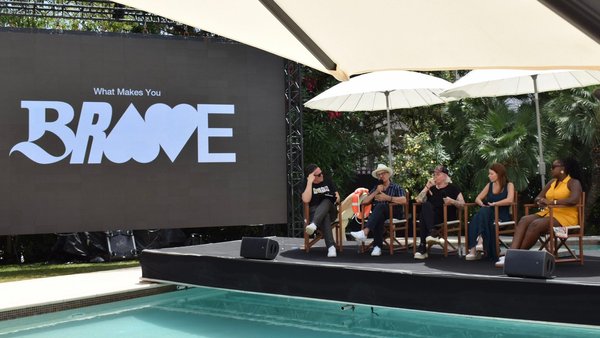Promoted content
Syn Music Agency: how sonic branding works /
Syn, which has over two decades experience in music and sound design, explains how sonic branding works

A lot can happen in 1.8 seconds. A bumble bee can beat its wings over 300 times, a woodpecker’s head can make over 30 repetitions, and you can evoke a full spectrum of human emotions using music and sound, triggering complex and nuanced feelings in a heartbeat.
The Hollywood studio giants of the 20th century understood the power of music and sound in brand building. They developed bespoke and memorable ‘sonic branding’ identities that imprinted themselves onto the culture and language of movie watching. And this continues today, with Netflix’s own Sonic ID surely being the soundtrack of Covid-19.
A Pavlovian response is at the heart of Sonic Branding, where a moment of music and sound brings instant recognition, deepening the connection between a brand and its customer, encouraging them to make both emotional and transactional investments back into the brand.
But how does it work?
Imagine a Redwood tree. Extending out of the towering trunk is a network of roots that reaches into the earth to support and nourish the organism. The same is true of a towering and unique Sonic identity: it must be supported and nourished by insights, data and references.
At Syn, we provide this support by creating a ‘Sonic Universe’ – a mood-board of overlapping keywords and references that form a brand identity, which can be expressed as musical textures, tones and instrumentation. Using a combination of emotional keywords that translate into musical terminology and thorough market analysis, we draft a creative brief that catalyses ideas much more effectively.
To continue the Redwood analogy, just as a living organism adapts to its environment, so must a Sonic Identity. Creating an inflexible and cumbersome identity shortens its shelf life and stunts growth. Wherever possible, we try to create as modular a Sonic Identity as possible, one that can grow with a brand over time. One way we do this is by creating an Audio DNA. This is not a song, melody, or even a mnemonic; this is a distinct audio vocabulary that, when employed effectively, can bring consistency to multiple interpretations of a brand’s Sonic ID. Walt Disney Pictures is a good example. From Tron to The Muppets, from Cars to Maleficent, Disney produces Sonic Identities that are unique to each movie while still remaining recognisable to true to the brand.
Can music and sound impact consumer buying behaviour? Yes! Sometimes referred to as ‘the forgotten sense’, sound has too long been considered an afterthought, trailing behind impressive visual stimuli. But for a moment let’s consider the sense itself -- hearing. Whilst you can shut your eyes, you can’t shut your ears. Sound is multi-directional; we don’t need to tilt our head to the source to experience sound and music, and this gives it an undervalued edge. Sound can influence behaviour whilst requiring very little in return, sharing deep emotional nuance with a consumer without them needing to lift a finger (or open an eyelid!). It is a language of emotion, but it is also a language of association. And perhaps that’s why it so often walks hand in hand with nostalgia, reminding us of both a moment in time and an emotional state. Let’s take advantage of these two sensory avenues and let music and sound do what they do best; speak to the human spirit in a language only it can understand.
To contact Syn or for further information click here.
Want more of the same? /
We don’t just write about best-in-class campaigns, interviews and trends. Our Members also receive access to briefings, online training, webinars, live events and much more.




